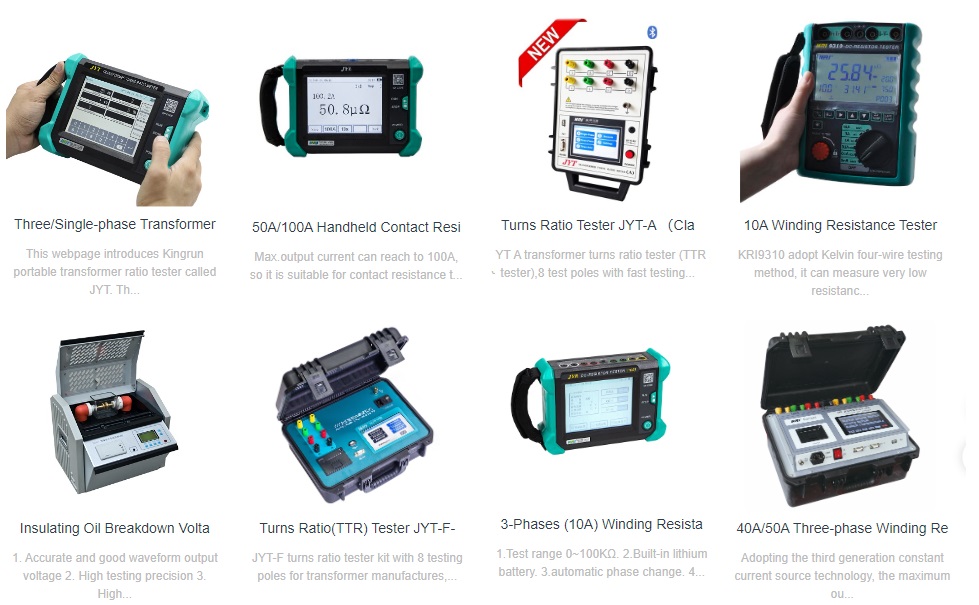Commonly used neutral point grounding methods for power systems are: direct neutral grounding, neutral grounding, neutral grounding via arc suppression coil (resonant grounding), and neutral grounding via resistance grounding. The grounding operation mode of the power system involves many important aspects such as the safe operation of the power grid, the reliability of power supply, and the safety of the user. In the professional and technical aspects related to power systems, overvoltage and insulation coordination, relay protection, communication and automation, electromagnetic compatibility, grounding design and many other fields, is a wide-ranging system problem.
Transformer neutral point grounding resistance cabinet is a complete set of grounding equipment including grounding transformer. It can be installed in power plant power system, substation power supply system, industrial and mining enterprise power distribution system, and realize the neutral point resistance of these power grids. Grounded system operation mode.
Kingrun Transformer Instrument Co.,Ltd.


More Transformer Testers from Kingrun
